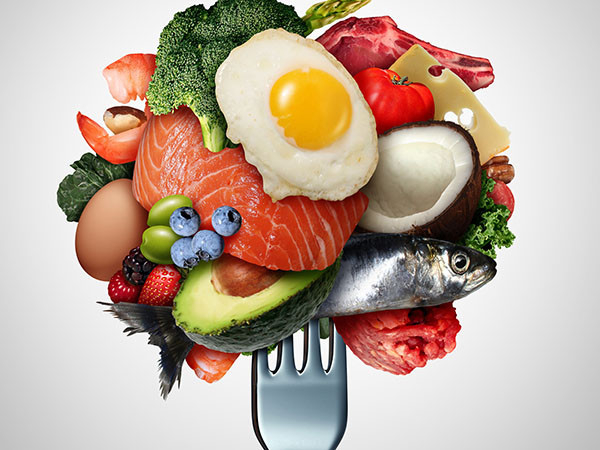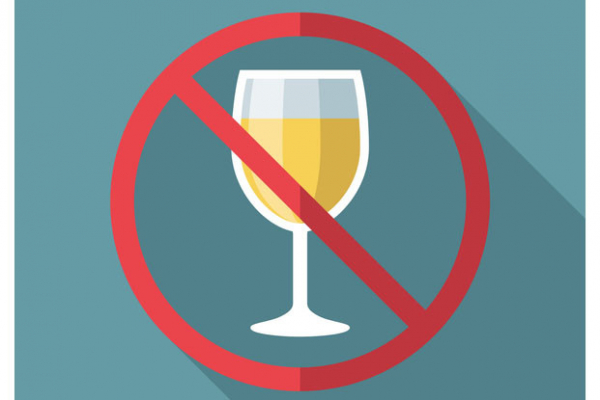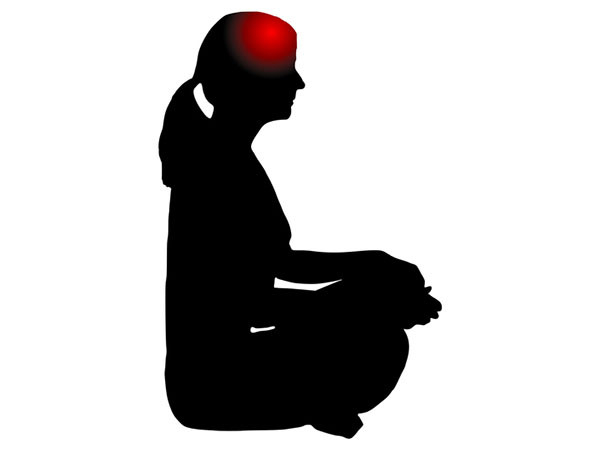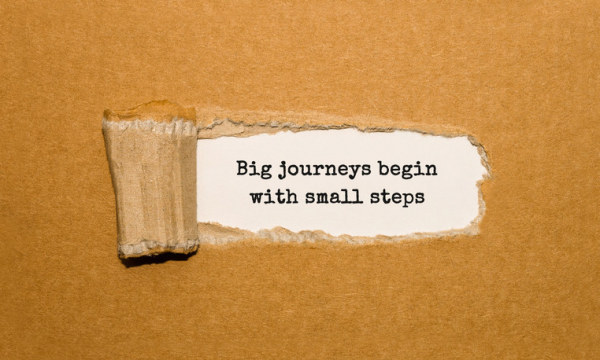
Various versions of low-carbohydrate diets have been popular for many years. The details of what is allowed and what is not vary quite a bit, and the amount of carbohydrates also differs. Too often these diets contain plates piled high with bacon, meat, eggs, and cheese. Due to the high saturated fat content in these diets, doctors and nutritionists worry about their potential adverse effect on cardiovascular disease.
The American Heart Association recommends aiming for about 13 grams of saturated fat, which is about 6% of 2,000 calorie diet. Recently, a new study published in the American Journal of Clinical Nutrition suggests that at least in the short term a low carb diet with a higher amount of saturated fat might still be heart-healthy. But is it that simple? Let’s take a look at what this randomized diet trial did and what the results really mean.
What did the study actually involve?
The 164 participants in this study were all considered overweight or obese, and had just finished a weight loss trial to lose 12% of their body weight. They were randomly assigned to one of three diets containing different proportions of carbohydrates and fat. Protein content was kept the same (at 20% calories) for everyone. They were not planning to lose any more weight.
The three diets were:
- Low carbohydrates (20%), high fat (60%), saturated fat comprising 21% of calories: this resembles a typical low-carbohydrate diet and has much higher saturated fat than recommended.
- Moderate carbohydrate (40%), moderate fat (40%), saturated fat comprising 14% of calories: this is not far from the typical American diet of 50% carbohydrates and 33% fat, and it is quite similar to a typical Mediterranean diet, which is slightly lower in carbohydrates and higher in fat than an American diet.
- High carbohydrate (60%), low fat (20%), saturated fat comprising 7% of calories: this meets the recommendation of the Dietary Guidelines for Americans and is a typical high-carbohydrate diet, including a lot of grains, starchy vegetables, and fruits or juices.
The study participants received food prepared for them for 20 weeks. They had their blood measured for a number of risk factors of cardiovascular disease, and a lipoprotein insulin resistance (LPIR) score was calculated using a number of blood markers to reflect the risk for cardiovascular disease. (LPIR is a score that measures both insulin resistance and abnormal blood cholesterol all in one number, and it is used for research purposes.)
The researchers found that at the end of eating these diets for five months, the participants in each of the three groups had similar values of cardiovascular disease markers, such as the LIPR score an and cholesterol blood levels.
What were the participants actually eating?
Alas, those who were eating the low-carbohydrate diet were not piling up their plate with steak and bacon, and those eating the high-carbohydrate diets were not drinking unlimited soda. All three diets were high in plant foods and low in highly processed foods (it is easier to stick to a diet when all the food is prepared for you). Even the low-carbohydrate group was eating lentils, a good amount of vegetables, and quite a bit of nuts.
Even the two diets with higher than recommended amounts of saturated fats also were high in the healthy poly- and monounsaturated fats as well. For example, the diets contained a combination of higher amounts of healthy (salmon) and a small amount of unhealthy (sausage) choices. In addition, fiber intake (at about 22 grams/day) was slightly higher than the average American intake (18 grams/day). Overall, except for saturated fat being higher than recommended, the diet as a whole was quite healthy.
What is the take-home message?
Striving for a plant-based diet with saturated fat being limited to 7% of total calories remains an ideal goal. But for people who choose a low carb, high fat diet to jump start weight loss, keeping saturated fat this low even for a few months is challenging. This study at least provides some evidence that higher amounts of saturated fat in the context of a healthy diet do not seem to adversely affect certain cardiovascular risk markers in the short term. How it would affect actual disease — such as heart attack, stroke, and diabetes — in the long run is unknown. However, there is ample evidence showing that a diet that consists of healthy foods and has moderate amounts of carbohydrate and fat can lower the risk of these diseases.
Preventing diseases is a long-term process; a healthy diet must not only be effective, but it should also be flexible enough for people to stick to in the long run. Could a diet with lower amounts of healthy carbohydrates and ample healthy fats with a bit more saturated fat be healthy enough? As the researchers state, we need long-term testing to help answer the question.






